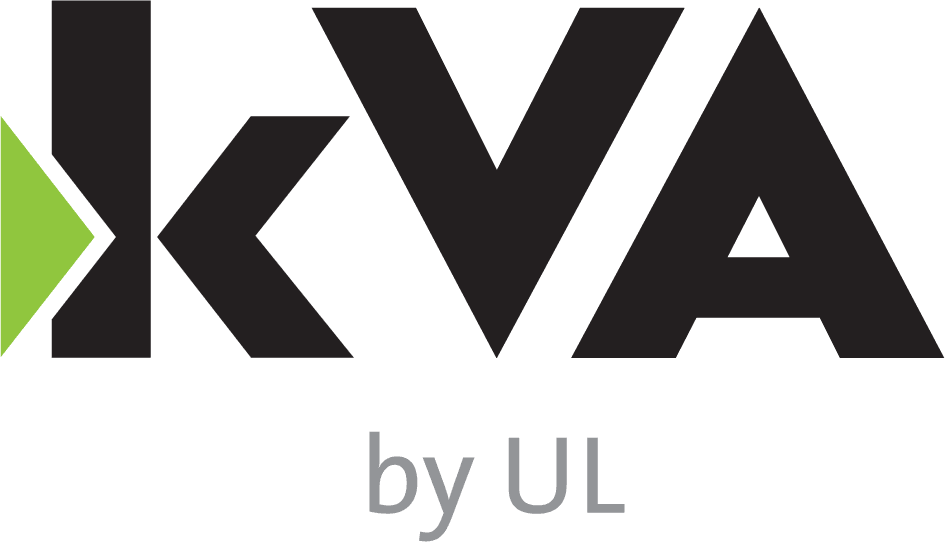Functional safety is evolving to keep pace with the rapidly shifting automotive landscape. In the past few years, we have had to stay flexible to move through new requirements and challenges from automated driving, electric vehicles, software-defined vehicles and now digital twins.
Although the prep work for the third edition of the ISO 26262 standard started this past fall, don’t expect an official release until sometime in 2027.
The industry standard ISO 26262 needs to cover the following topics: updates for artificial intelligence and machine learning: Version 3 of ISO 26262 will align existing requirements and tailor application of Part 6 to ML. In addition, Annex C for configuration of machine learning will be extended and there are guidelines for handling training data.
It has to be aligned with the new standards ISO TS 5083 and PAS 8800.
Predictive maintenance: Many industries are taking proactive steps to control degrading faults using predictive maintenance. Predictive maintenance can detect degrading faults and predict remaining useful life. Safety mechanisms based on predictive maintenance are not explicitly discussed in ISO 26262:2018.
Fail operational: Electrical/electronic (E/E) systems need to be designed to balance safety and availability. Availability is a combination of maintainability and reliability. ISO 26262 is limited to malfunctioning behavior without covering situational awareness, the intended functionality, or its implementation.
As we move towards autonomous driving, the vehicle must have sufficient redundancy to continue full operation after the detection of a fault. With fail-operational architectures, a high level of safety integrity and a high level of availability is necessary — typically through independent hardware.
Safety of the Intended Functionality (SOTIF): is a concept introduced by ISO 21448, which addresses hazards related to the behavior of a system in situations outside its intended operating conditions. Companies should consider SOTIF when designing components and systems for the automotive industry.
Software development: The third edition of ISO 26262 will include updated requirements for software development. Companies need to ensure that software development processes align with the new requirements. In addition, when you consider increased connectivity in and around the vehicle, including digital twin features, over-the-air updates etc., then there are potentially new risks that could be triggered by security failures.
Process safety: To manage the different safety standards a robust Functional Safety Management System needs to be established; this will probably be requested by the next version of ISO 26262.
Other technology: For a safer car, a holistic approach to safety is necessary. This should include other technologies in the safety argumentation. ISO 26262 should define some requirements toward this.
Bookmark our site to stay in the loop on the future of the ISO 26262 standard.

